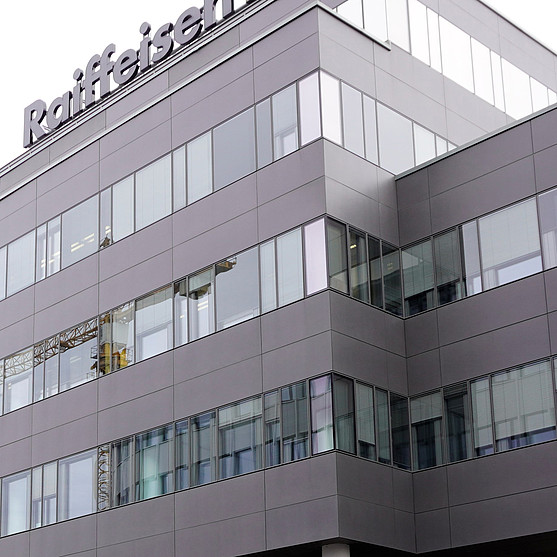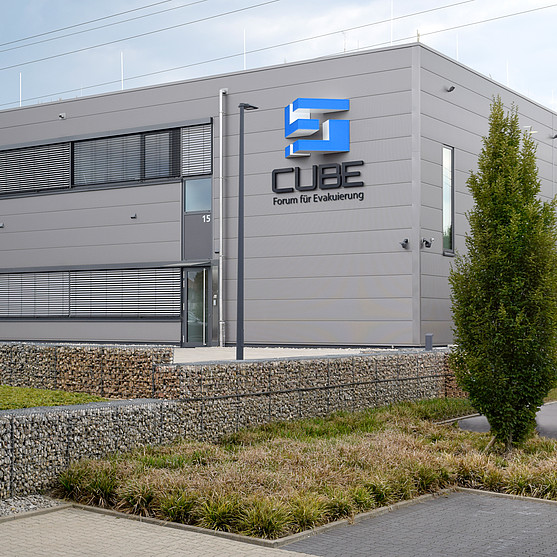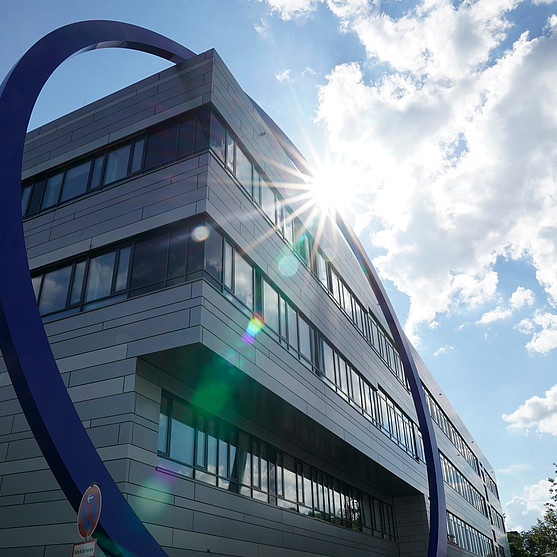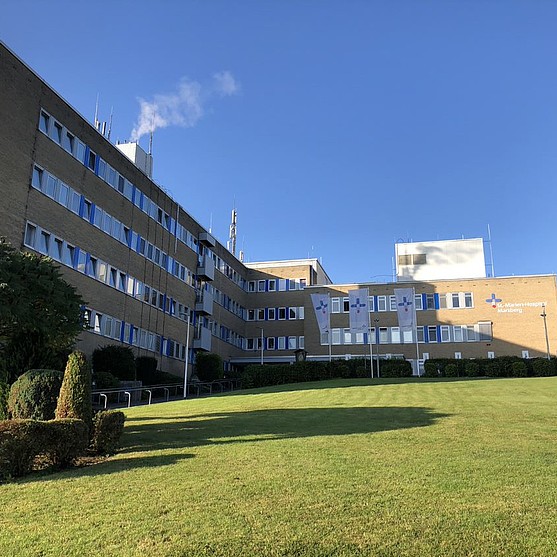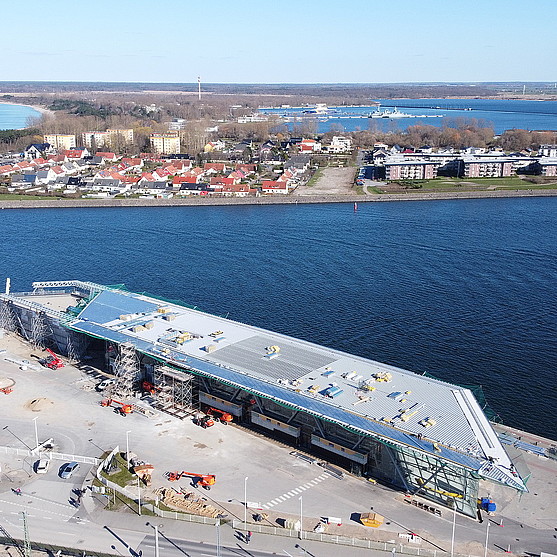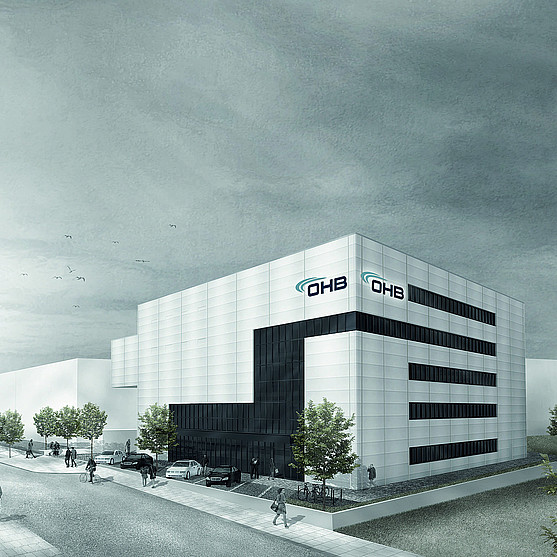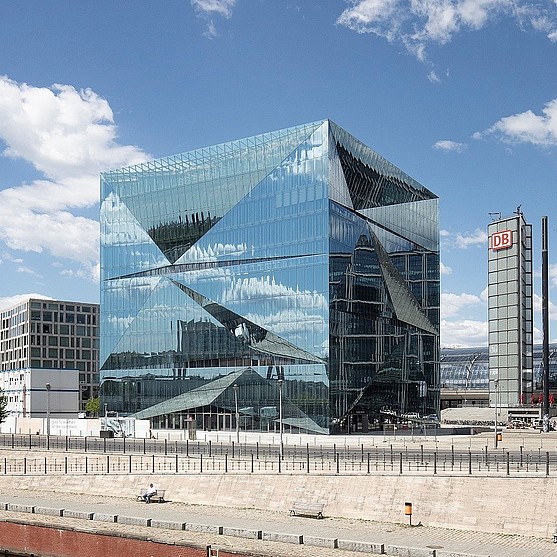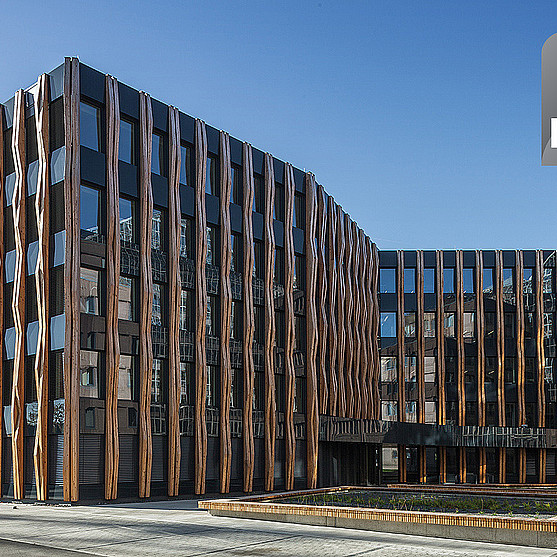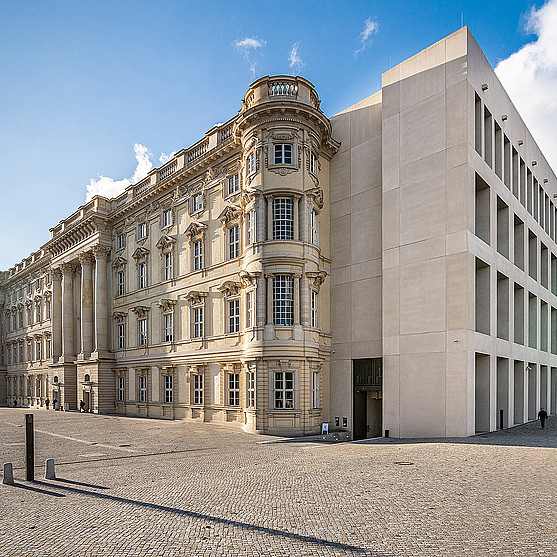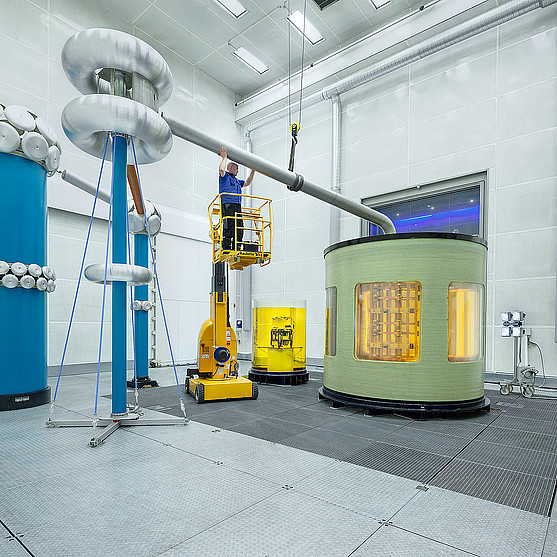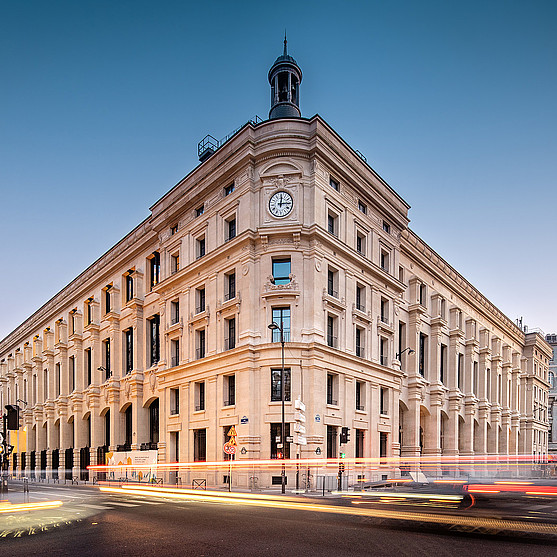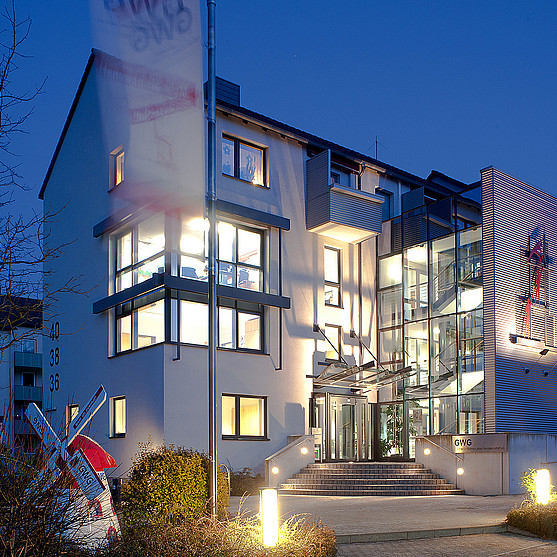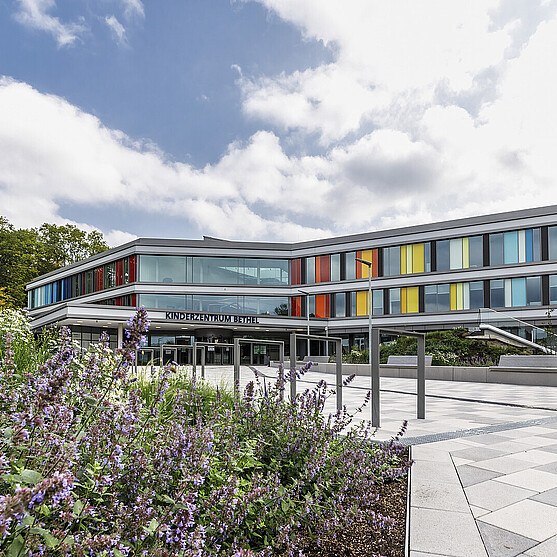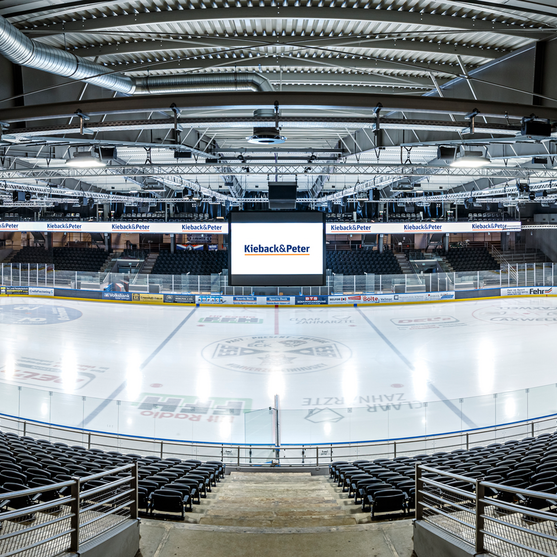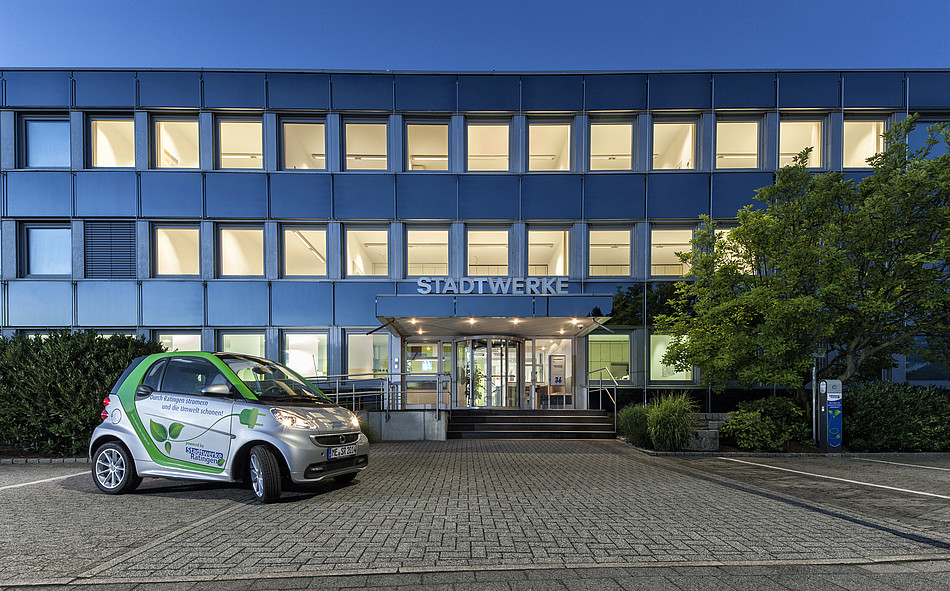
Stadtwerke Ratingen is responsible for the city’s extensive district heating network. From the control room in Ratingen-West, they manage this combined heat and power plant with four boilers and seven external subsections, which, among other things, supply two municipal school centers with heat.
Kieback&Peter makes this possible with a digital solution: Since 2015, monitoring and control have been carried out via a building management system operated by employees from the control room via a 60-inch touch screen. Since 2017, the entire BMS has been virtualized in a data center.
Digitization of the Control Center
Up to now, Stadtwerke Ratingen employees controlled all plants via individual control cabinets. In addition to a combined heat and power plant with four boilers for the district heating network, several external subsections are included: three smaller combined heat and power plants, two school centers and two further boiler facilities. The switching and control system for the network pump system pressure is also part of this. At the same time, it required a modernization of the temperature control system for the machine hall’s ventilation and sound hoods for the combined heat and power plants.
The entire system lacked clarity for employees as well as efficiency - especially in view of the planned expansion of the city’s district heating network. The Stadtwerke Ratingen utility company’s technical employee, Georg Abraham, was therefore looking for a clear and sustainable solution. A solution that allows municipal utility employees to keep an overview of all operating states of the connected systems at all times and in a single location.
In order to achieve this goal, the municipal utilities opted for a digital solution to visualize the building management system (BMS) centrally and make it controllable. Stadtwerke commissioned the Düsseldorf branch of Kieback&Peter with the concept and installation.
Already in 2015, the plan was to virtualize the entire BMS of the control center at a later date. Two years later, Project Manager Ulrich Benighaus (Kieback&Peter Ruhr branch) and his team untertook the implementation.
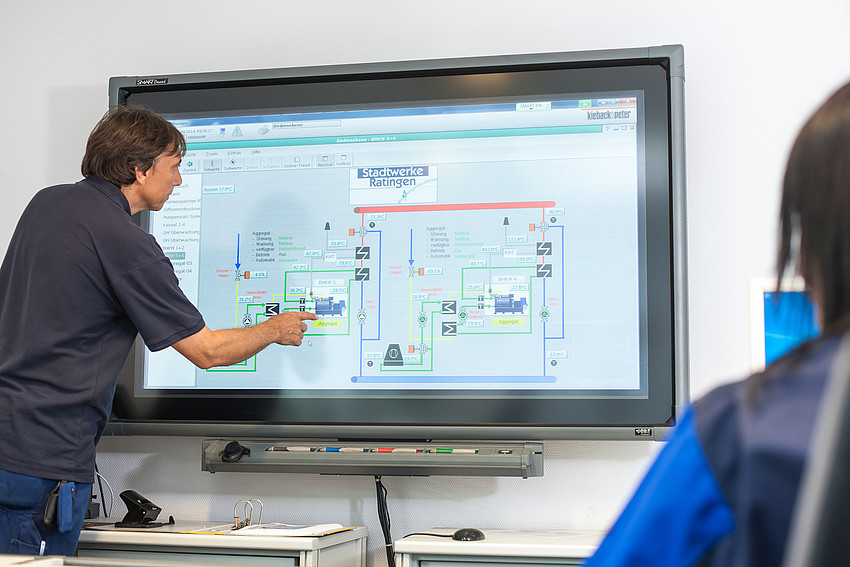
Smart Visualization of the Control System
During implementation in 2015, Aljoscha Weiler and his team relied on the company’s own Neutrino BMS building management system. This collects and processes all data of the connected buildings, power stations and network pump systems. Redundant BMS V8-33 computer units from Kieback&Peter ensure safe and stable operation.
Kieback&Peter’s experts connected the modernized outdoor facilities via modem to the computer units of the control room so that the municipal utility company employees could keep an eye on them at all times. DDC3000 and DDC4000 automation stations ensure safe monitoring and control of the systems.
Kieback&Peter visualizes the complete control room of the system on a 60-inch touch screen. This “Smartboard” shows a schematic representation of all connected power plants and buildings. Computers and touch screens are connected to the building management system via PHWIN software.
In a second step, Kieback&Peter virtualized the complete BMS in a data center. Server and client are now located at different locations - a core advantage of the Neutrino BMS. During the migration at the end of 2017, Stadtwerke Ratingen was able to draw on the expertise of Kieback&Peter’s Ruhr branch.
Georg Abraham from Stadtwerke Ratingen utility company is thrilled: “With Kieback&Peter’s solution, we operate our plants particularly economically while also saving energy.” For example, his colleagues are now able to monitor the temperatures in classrooms and control them based on requirements and in an energy-efficient way.

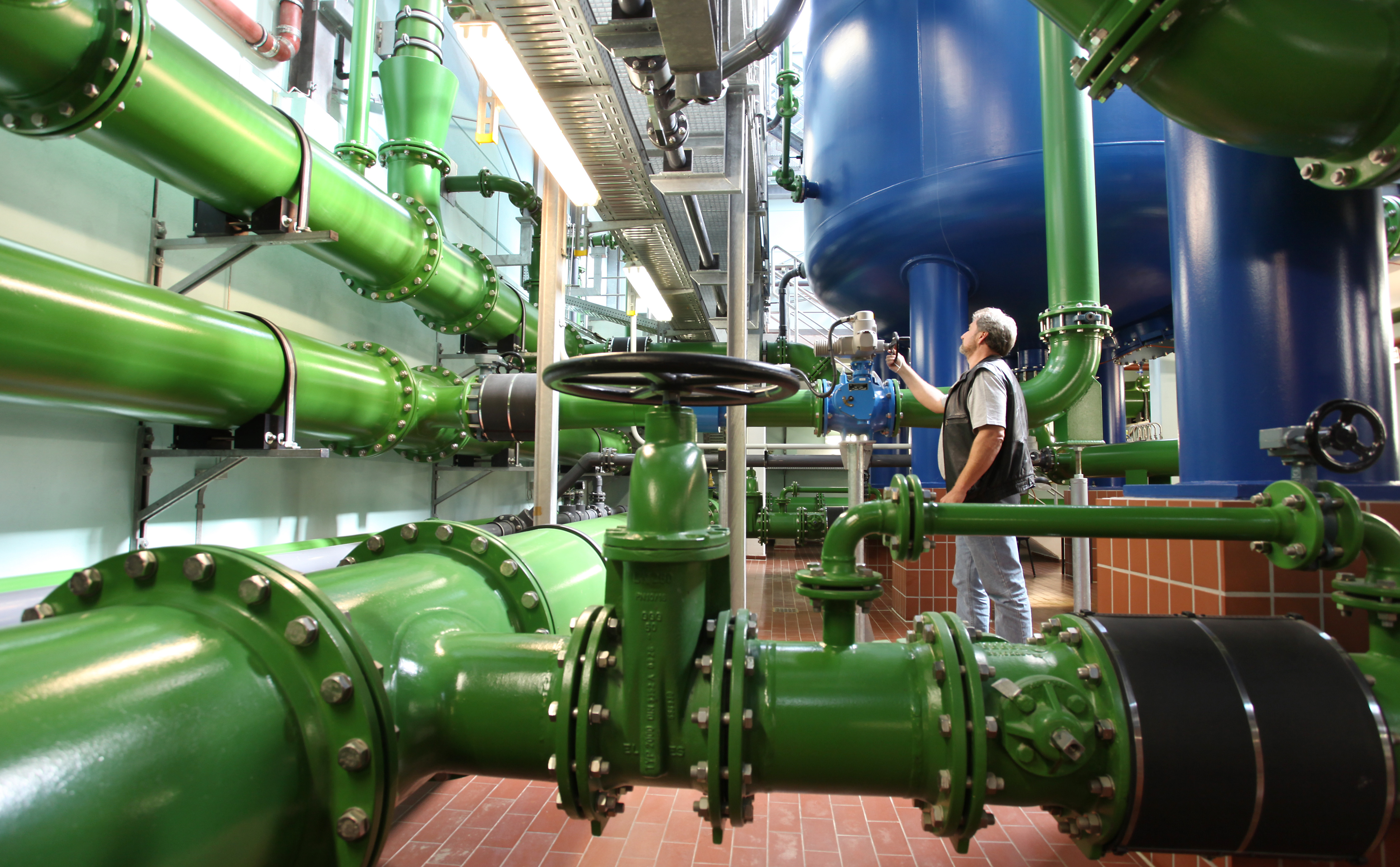
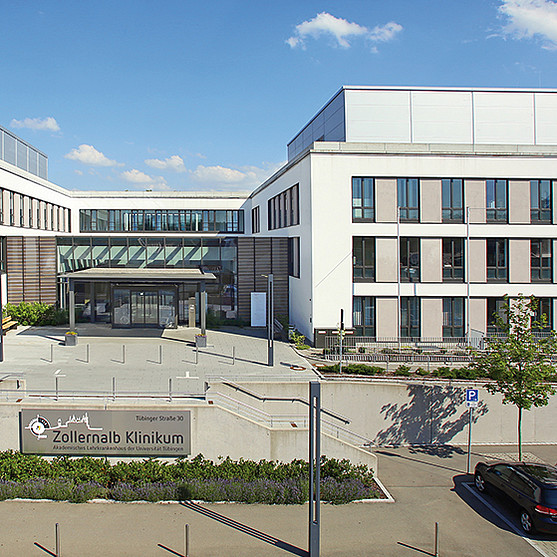
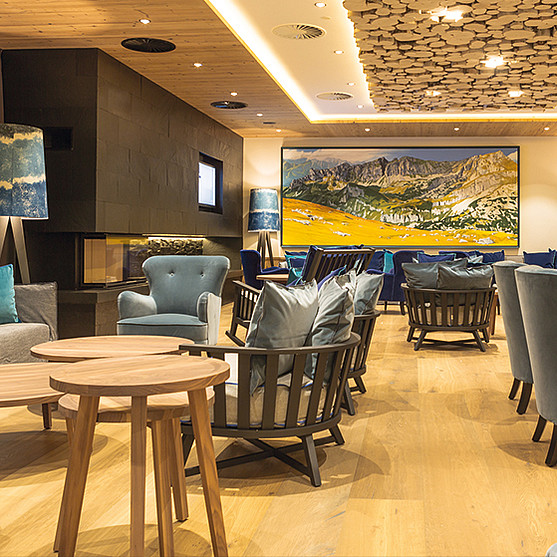
![[Translate to Englisch:] Elbdeck [Translate to Englisch:] Elbdeck Hamburg](/fileadmin/_processed_/9/b/csm_11_Deutschland_Hamburg_Elbdeck_3011f21c3c.jpg)
![[Translate to Englisch:] Qu4drans Paris [Translate to Englisch:] Qu4drans Paris](/fileadmin/_processed_/f/2/csm_Qu4drans_e315f9ef8d.jpg)
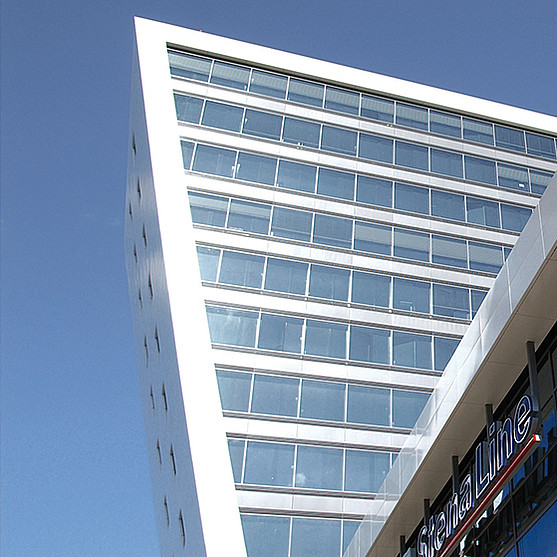
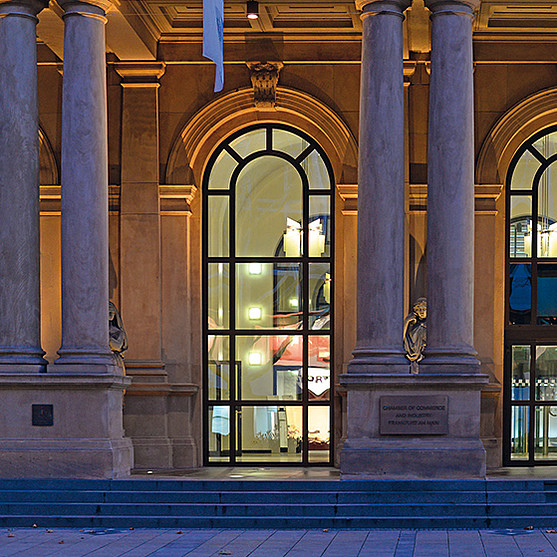
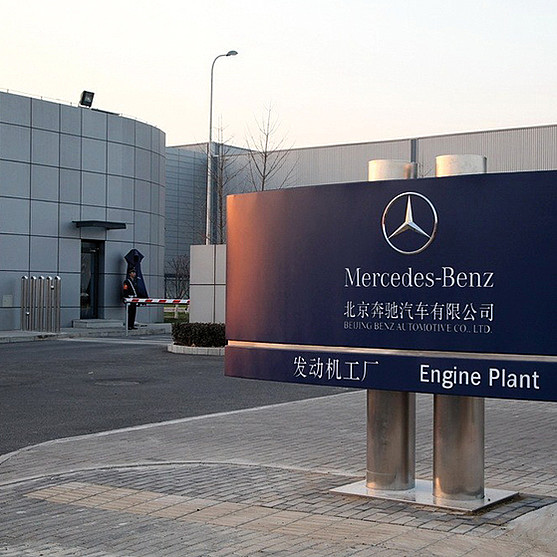
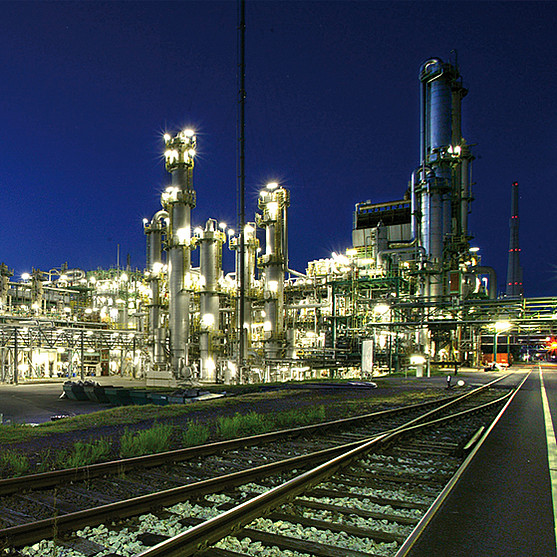
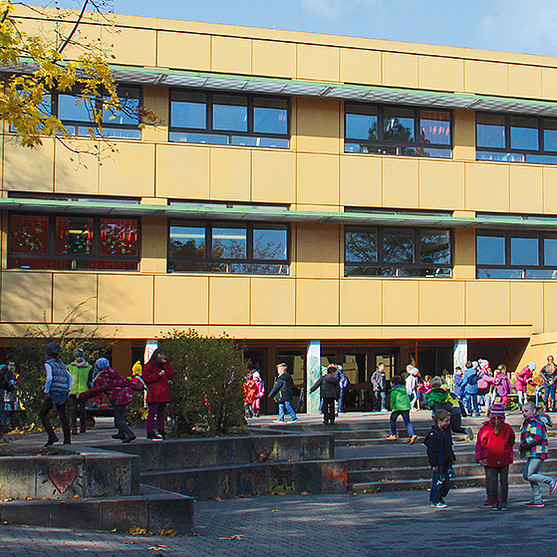
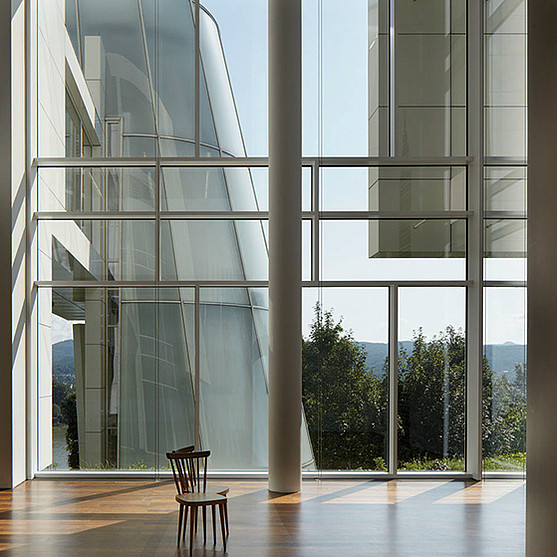
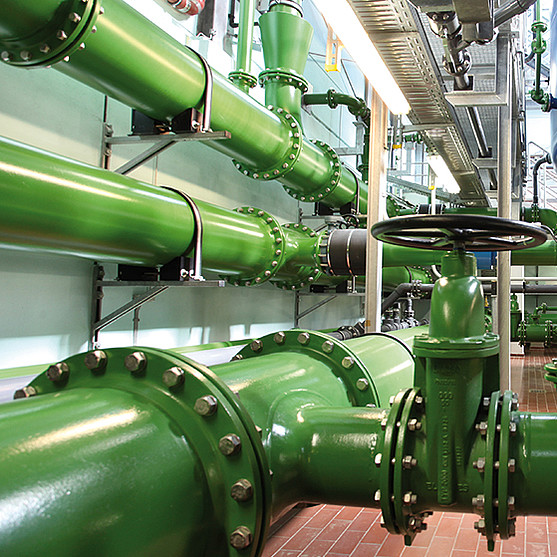
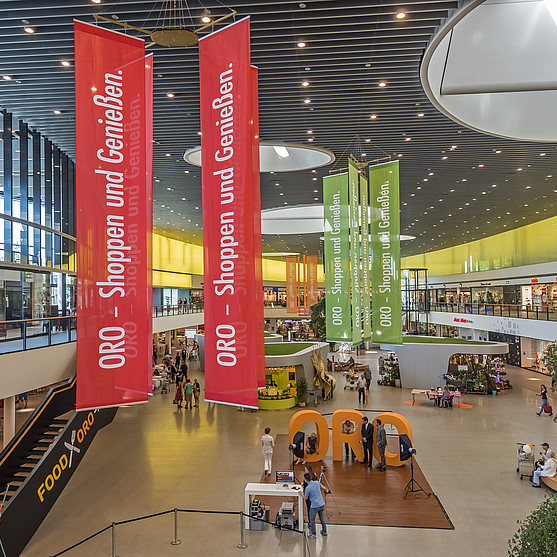
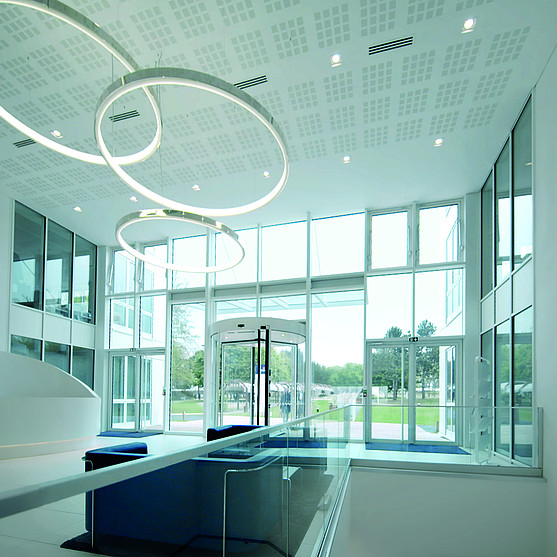
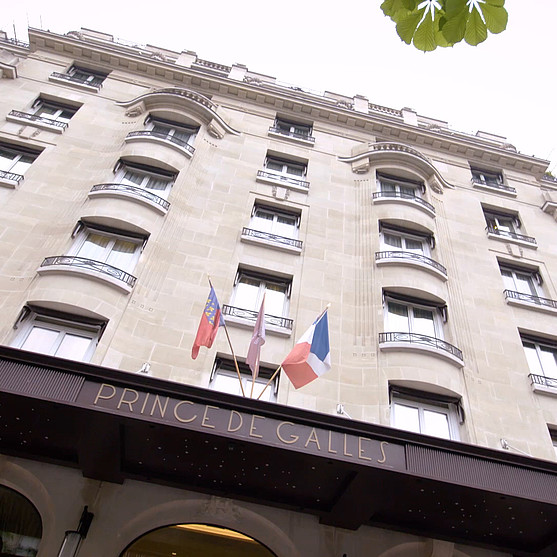
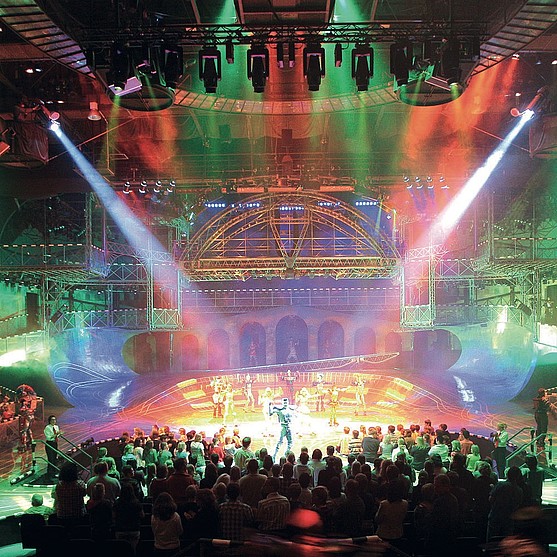
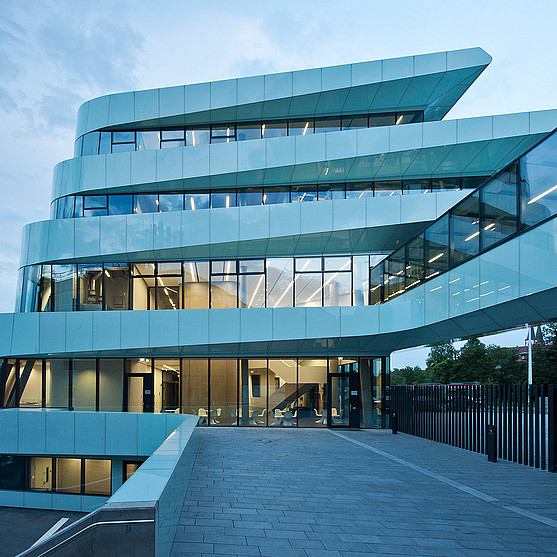
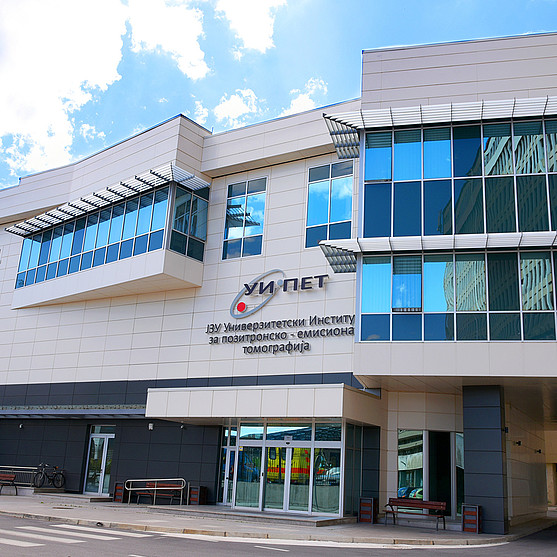
![[Translate to Englisch:] [Translate to Englisch:]](/fileadmin/_processed_/3/d/csm_L_T_Sporthaus_Osnabrueck_Indoor_kieback-peter_d47dda6a97.jpg)

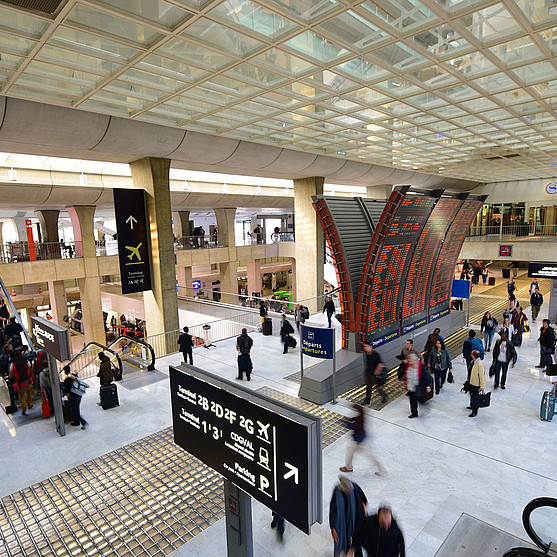
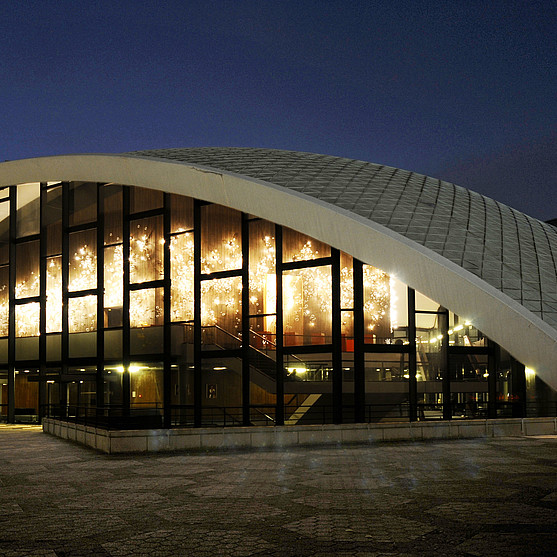

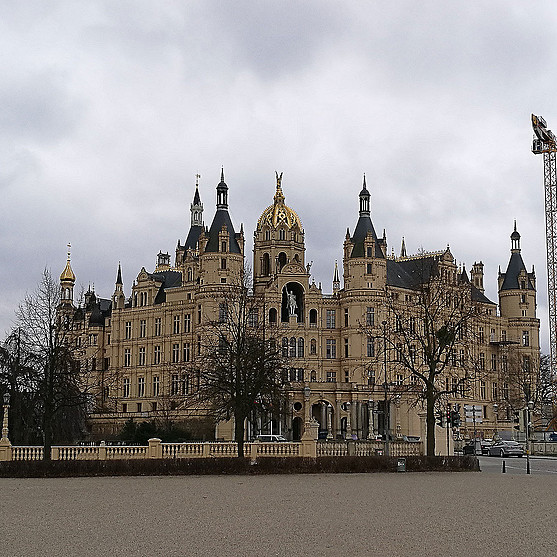
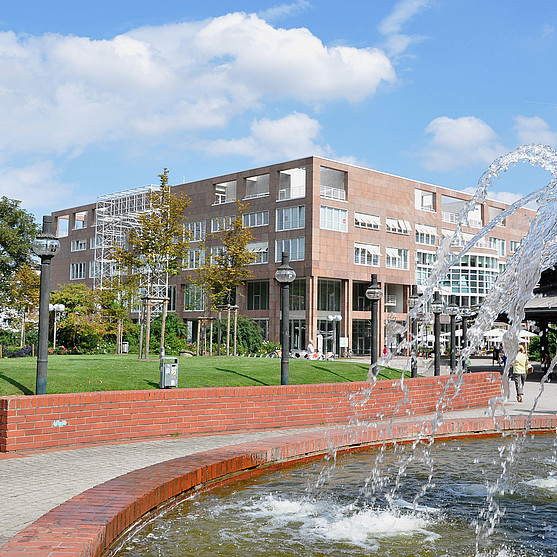
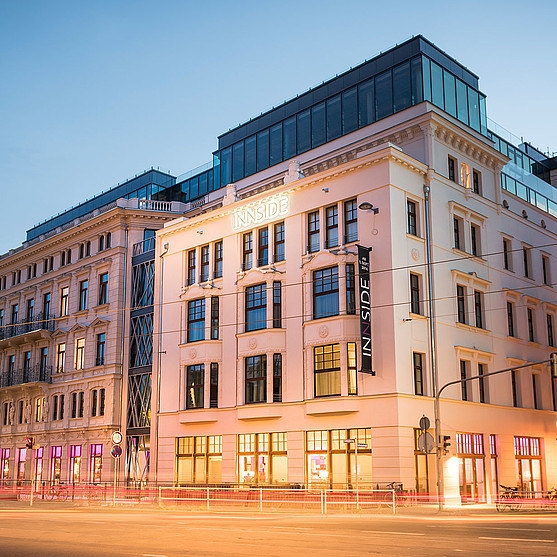
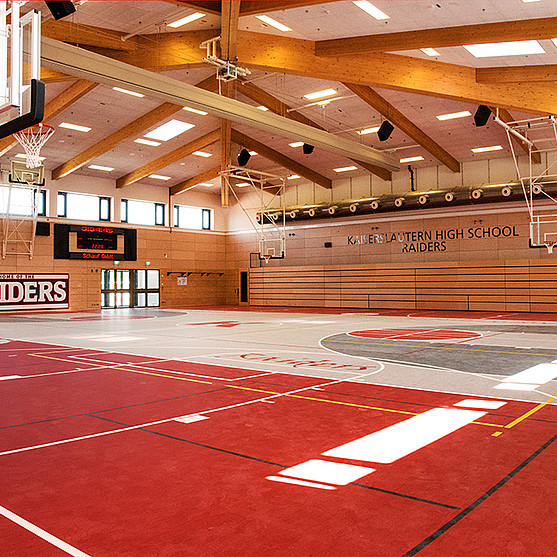
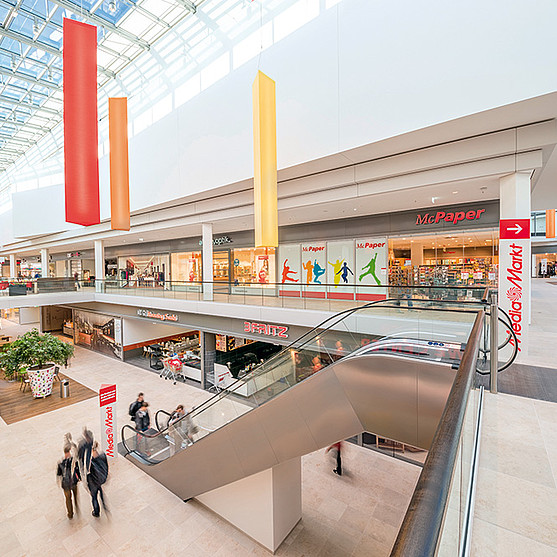
![[Translate to Englisch:] [Translate to Englisch:]](/fileadmin/_processed_/6/f/csm_flevo-krankenhaus-aussenansicht-kieback-peter_7f540b4b4f.jpg)
